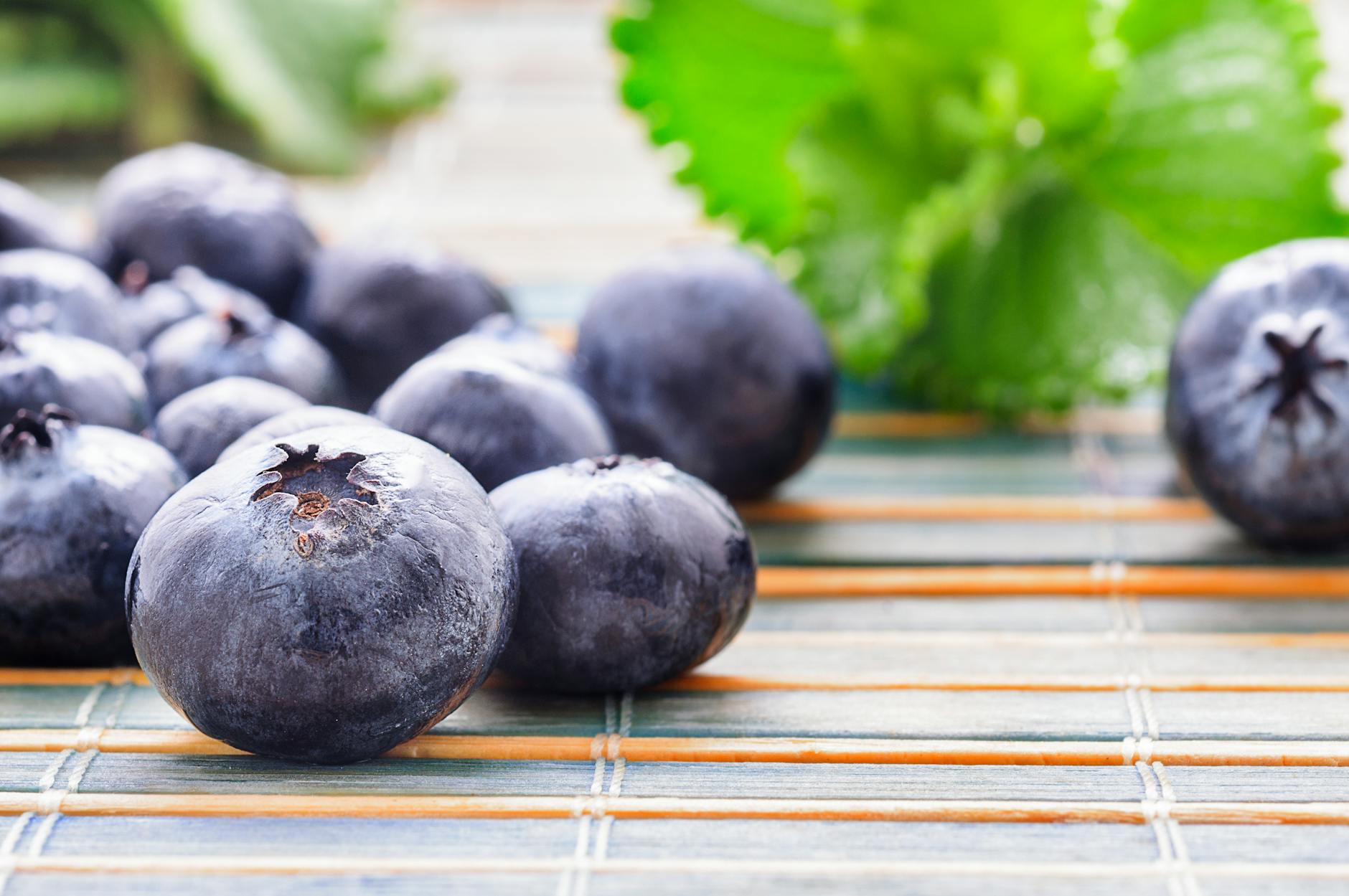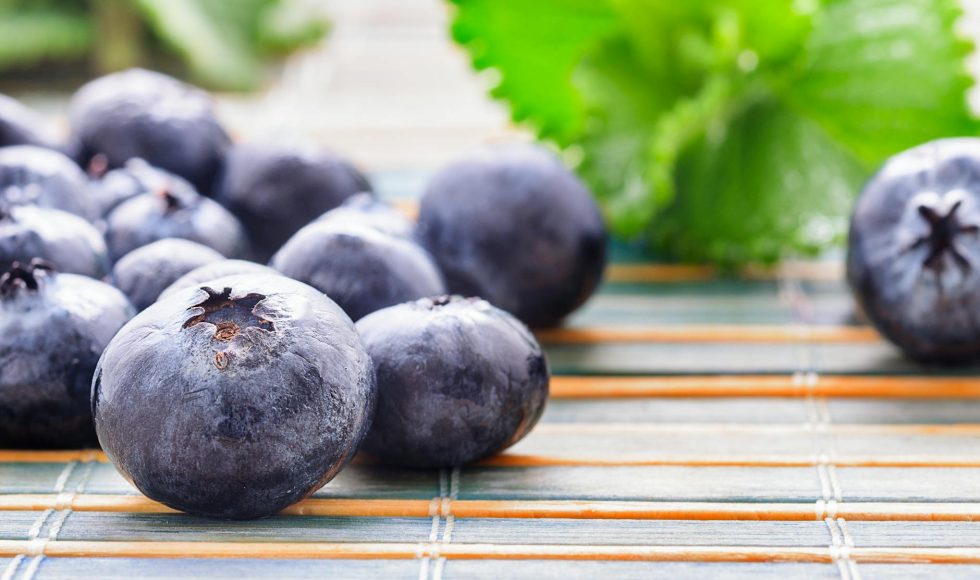Tonight I watched Seda Mirzoyan from Rutgers University present on “Using SIP and MinION sequencing to uncover active microbial communities in blueberry farm and forest soil systems.” This presentation was recorded at the NCM 2019. They spoke about characterizing active microbial communities in farms and soil systems because of the importance of blueberries in the United States. The project aimed to learn about microbial communities with high and low productivity. For this, they used stable isotope probing (SIP) and observed amplification of ribosomal genes. They then used the MinKNOW for sequencing: the LSK 109 kit. Mirzoyan noticed beneficial fungi in high productivity soils and lack of some of these organisms in low productivity soils. They concluded that they were successful in SIP and ribosomal operon profiling via MinION to distinguish between low productivity and high productivity soils. The approach Mirzoyan and the team used is unique as it focused on active members of the community through stable isotope probing and sequencing. This session gave me ideas for future projects and approaches.



